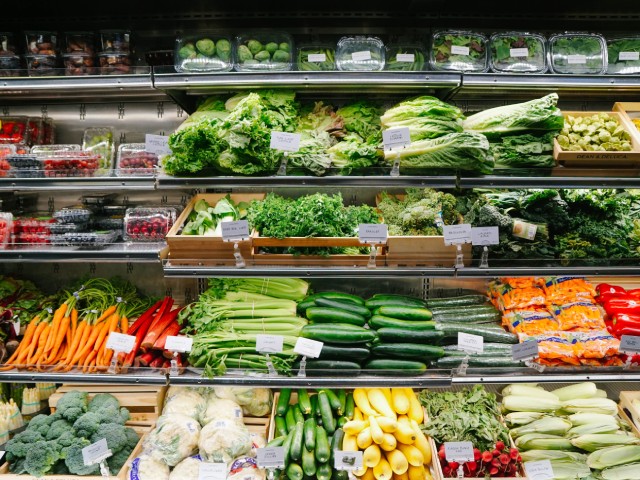

Produce is a finicky product to stock in your grocery store because of its very limited lifespan. Unlike preserved and packaged goods, fruits and veggies perish quickly. Therefore, if you don’t sell your inventory in time and it goes bad, you have to toss it. This contributes to the overwhelming issue of global food wastage, which you probably aren’t thrilled about. Don’t worry. If your store’s produce is going bad, here are solutions to boost sales and keep your inventory fresh.
Customers shop with their eyes, so making your produce area better is going to do wonders for driving sales and maintaining a rotating inventory of fresh fruits and veggies.
Keep fruits and vegetables in a well-lit area to highlight their colors, misting them to keep them healthy and appear more appetizing. You can also try using signage to educate customers about your produce’s origins and benefits.
But don’t overcrowd displays; this creates a neater visual appeal and helps maintain airflow that keeps produce fresh.
Many people avoid buying sad-looking produce at full price—for obvious reasons! Why buy the bruised apple for a dollar when you can get a juicier, crispier one from the back of the display for the same price?
However, shoppers are very likely to pick up nearly expired produce if you sell it at a heavily discounted rate. Sure, you might not make a huge (or any) profit from it, but it still helps make up costs and prevent food waste.
The problem might not stem from your store’s practices. Instead, it could be the suppliers you work with. Are they delivering fresh, high-quality produce consistently? Are they following best practices for storage and handling?
Reach out and discuss any issues with them. You might also consider partnering with local farms for fresher options with shorter supply chains.
Fine-tuning your packaging and storing methods can slow down spoilage rates. Invest in high-quality packaging that extends produce life and protects it during handling (such as breathable mesh bags and pallets that allow for air circulation).
Additionally, evaluate your cold storage systems. Ensure that temperature and humidity levels are optimal for each type of produce.
If your grocery store’s produce is going bad, these solutions might help. In the end, improving your displays, handling, and partnerships is a good thing to do, regardless of whether or not it helps you sell more produce. In other words, you can’t lose! Best of luck as you pursue reducing food waste in your business.
24World Media does not take any responsibility of the information you see on this page. The content this page contains is from independent third-party content provider. If you have any concerns regarding the content, please free to write us here: contact@24worldmedia.com
